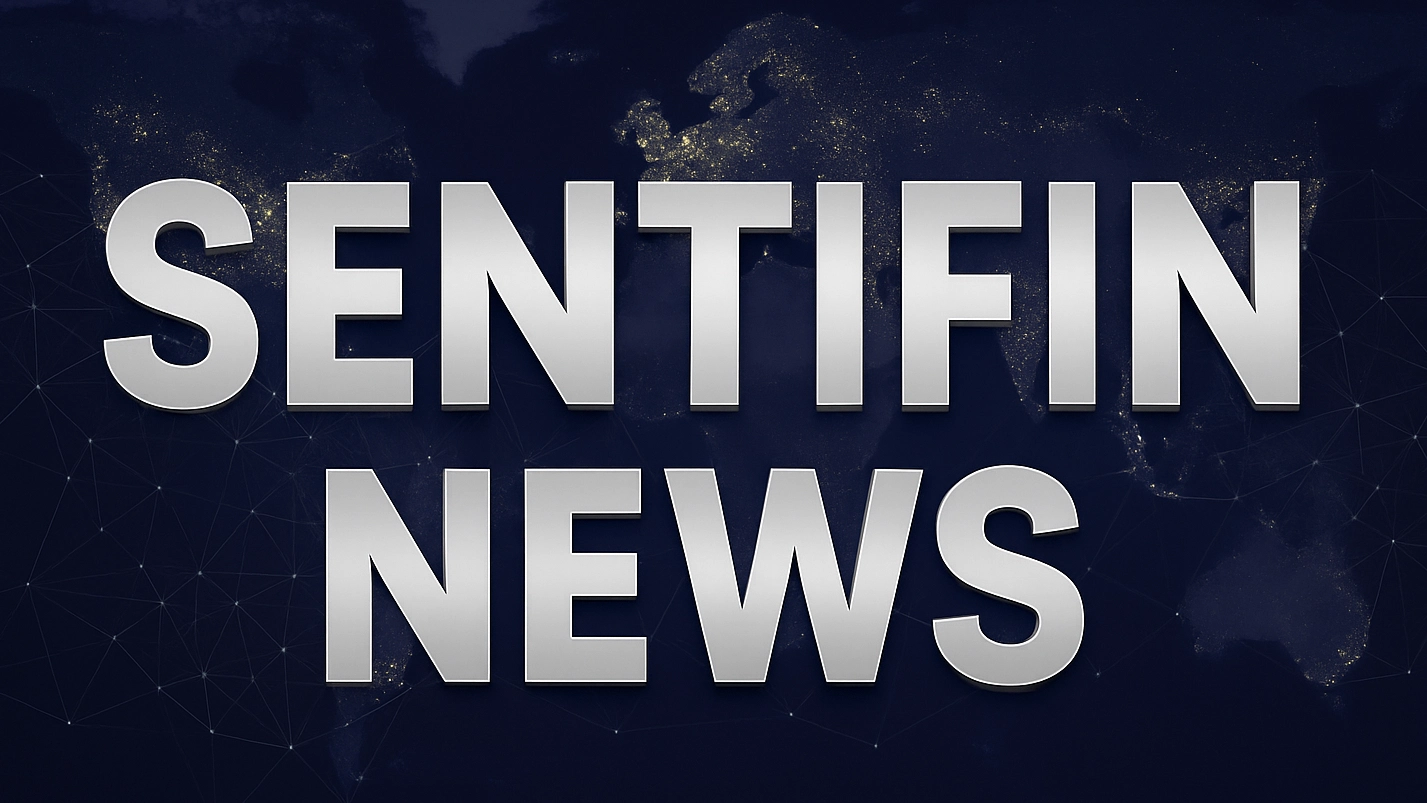Tesla Rival Xpeng To Release 3 Robotaxi Models, Says Technology Does Not Depend On LiDAR — Optimus Rival IRON Could Be A 'Tour Guide'

News Summary
Xpeng Inc. announced plans to launch three Robotaxi models in 2026, stating its autonomous driving software does not depend on high-definition maps or LiDAR. The company will commence pilot Robotaxi operations in China next year and intends to open-source its VLA 2.0 (Vision-Language-Action) autonomous driving model to global commercial partners, with Volkswagen named as the initial launch customer. The Robotaxi service will be offered via Alibaba Group Holding Limited’s Amap mapping platform. Regarding humanoid robots, Xpeng’s CEO stated that the IRON robot, once it reaches targeted mass production in 2026, will be first deployed in commercial scenarios, providing services like tour guiding, retail assistance, and patrols, with an annual sales target of over 1 million units by 2030. The IRON robot is seen as a rival to Tesla’s Optimus.
Background
Xpeng Inc. is one of China's leading electric vehicle (EV) manufacturers, focused on the research, development, manufacturing, and sales of smart EVs. The company has made significant investments in autonomous driving technology and actively seeks collaborations with domestic and international automakers. Alibaba Group's Amap (AutoNavi) is one of China's premier digital mapping and navigation platforms, boasting a vast user base and extensive data. Volkswagen, one of the world's largest automakers, partnering with Xpeng underscores traditional automotive giants' reliance on and integration of external technologies in their electrification and intelligent transformation.
In-Depth AI Insights
What does Xpeng's technology path, which does not rely on LiDAR and high-definition maps for autonomous driving, imply for investors? - This technological route could offer significant cost advantages and higher scalability by avoiding expensive LiDAR hardware and map update costs. - However, it might also introduce potential perception and decision-making challenges, especially in complex or adverse weather conditions, which could impact the speed of its commercial deployment and safety record, thereby influencing market acceptance. How will Xpeng's 'open source' strategy for its VLA 2.0 model and its partnership with Volkswagen reshape its competitive landscape against Tesla? - By open-sourcing, Xpeng can build a broader ecosystem, accelerate technological iteration, and generate licensing revenue, contrasting sharply with Tesla's closed vertical integration model. - The Volkswagen partnership provides strong brand endorsement, global market access, and potential economies of scale, helping elevate Xpeng's position in the global autonomous driving sector, but it might also add complexity to technology control and intellectual property protection. What are the long-term investment risks and opportunities associated with Xpeng's dual focus on Robotaxis and humanoid robots? - Opportunities: Both areas represent potentially high-growth sectors in future mobility and general-purpose AI. Successful commercialization would significantly expand Xpeng's market reach and valuation ceiling, especially under new 'robot-as-a-service' economic models. - Risks: This is a capital-intensive and highly technology-demanding strategy, facing immense R&D investment, regulatory uncertainties, and fierce competition from global giants. Developing two cutting-edge fields simultaneously could dilute resources and increase execution risk, particularly as Robotaxi commercialization maturity is still unproven and humanoid robots are in early stages.